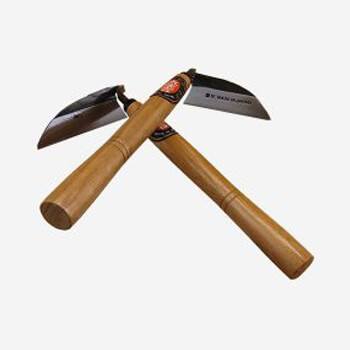Crafting High-Quality Coffee Bean Packaging Solutions with Gunny Sacks for Optimal Freshness and Flavor
The Role of Gunny Sacks in Coffee Bean Packaging A Blend of Tradition and Innovation
In the world of coffee production, where quality is paramount, the importance of proper packaging cannot be overstated. Among various packaging materials available, gunny sacks have maintained their prominence in the coffee bean industry. Traditionally made from jute, gunny sacks offer a practical solution for storing and transporting coffee beans while intertwining rich history with modern practices.
The History of Gunny Sacks
Gunny sacks, also known as burlap bags, have a long-standing history that dates back to the early 19th century. Initially utilized for storing grains and other agricultural products, their robust and breathable nature made them an ideal choice for coffee beans. The use of jute, a natural fiber, lends these sacks not only durability but also eco-friendliness, as jute is biodegradable and renewable. This aligns perfectly with the growing demand for sustainable practices in the coffee industry.
Benefits of Gunny Sacks in Coffee Packaging
One of the primary advantages of gunny sacks is their breathability. Unlike plastic or synthetic materials, jute fibers allow air circulation, which helps maintain the freshness of coffee beans. This is crucial, as coffee is highly susceptible to moisture and can easily lose its aromatic qualities if improperly stored. The breathable nature of gunny sacks helps prevent excess moisture from building up, thus protecting the integrity of the beans during transit and storage.
gunny sacks coffee bean packaging factory

Another significant benefit is their strength and resilience. Gunny sacks can withstand considerable weight, making them ideal for shipping large quantities of coffee beans. Typically, they can hold around 60 to 70 kilograms of beans, facilitating bulk transport from coffee farms to processing facilities or roasters. Furthermore, they are reusable, reducing the need for single-use plastics and providing an economic advantage for farmers and exporters.
Adapting to Modern Needs
While gunny sacks offer a multitude of benefits, the packaging industry continually evolves. Today, coffee producers are not only prioritizing functionality but also branding and aesthetic appeal. To meet these modern demands, many companies are now printing their logos and product information directly on gunny sacks. This dual-purpose approach not only enhances brand visibility but also adds a layer of authenticity to the product, as consumers are increasingly drawn to products that tell a story about their origins.
Moreover, innovations are being implemented to enhance the traditional gunny sack design. Some manufacturers are treating jute with natural preservatives to further increase its resistance to pests and moisture, extending the shelf life of the coffee beans inside. The introduction of hybrid products that combine the benefits of both gunny sacks and modern materials is also gaining traction, enabling producers to leverage the strengths of both types for optimal packaging solutions.
Conclusion
Gunny sacks have stood the test of time in coffee bean packaging due to their unique combination of durability, breathability, and environmental friendliness. As the coffee industry continues to innovate and adapt to changing consumer preferences, gunny sacks are also evolving to meet these demands. By balancing tradition with modernity, they remain an integral part of the coffee supply chain, ensuring that the journey from farm to cup preserves the rich flavors and aromas that coffee lovers cherish. In a world increasingly focused on sustainability and authenticity, gunny sacks represent a harmonious blend of history and innovation, making them the preferred choice for coffee bean packaging.
Share
-
The Best Lubricants for Aluminum Roller GuidesNewsJul.23,2025
-
Slitting Machine Applications in the Packaging IndustryNewsJul.23,2025
-
Rolling Roller Balancing Techniques for Smooth OperationNewsJul.23,2025
-
How To Optimize An EV Battery Assembly LineNewsJul.23,2025
-
Energy Efficiency in Modern Battery Formation EquipmentNewsJul.23,2025
-
Automation Trends in Pouch Cell Assembly EquipmentNewsJul.23,2025







